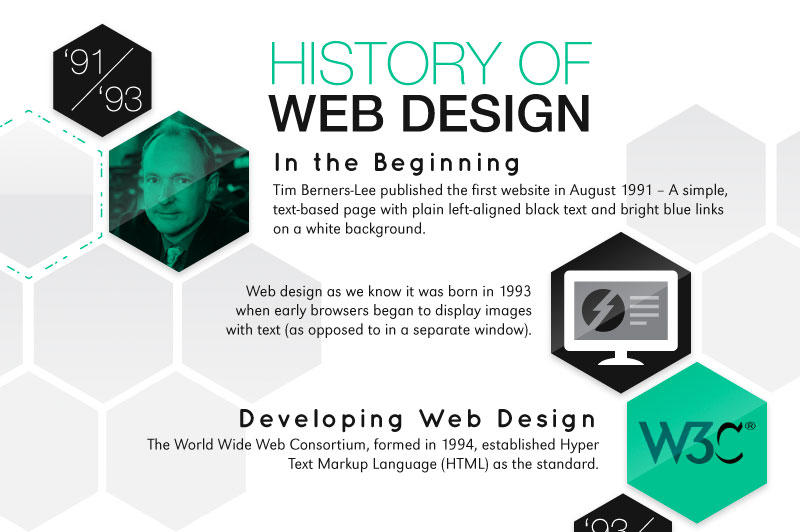Site Style Basics: Tips For Structure A User-Friendly Website
Site Style Basics: Tips For Structure A User-Friendly Website
Blog Article
Team Author-Hovmand Thorpe
When it involves website design, making sure user-friendliness is key. From responsive layout to structured navigation, every component plays a crucial function in producing a website that caters to your target market's requirements. But what about the better information that can make or break a customer's surfing experience? Stay tuned as we uncover some often-overlooked ideas that can raise your website's use to the following level, making it truly stand out in the digital landscape.
Value of Responsive Layout
Responsive design is an essential aspect of modern web site development. Ensuring your web site is responsive methods that it can adapt to various display sizes and tools, providing a seamless experience for users.
With the increasing use mobile phones and tablets to access the net, having a receptive design is essential for getting to a bigger audience. It helps in enhancing customer experience by making your site easy to browse and keep reading any kind of device.
In addition, receptive design can favorably affect your search engine positions, as search engines like Google prioritize mobile-friendly sites. By having a receptive layout, you're likewise future-proofing your website, as brand-new tools with varying display sizes continue to emerge.
Simplify Navigating Framework
To boost customer experience and facilitate simple access to info on your website, enhancing the navigation structure is critical. When designing your site, concentrate on creating a clear and user-friendly navigation food selection that aids visitors locate what they're looking for promptly.
Restriction the number of food selection items to the essentials, organizing associated pages together to prevent frustrating users. Use descriptive tags that clearly indicate the web content of each web page, making it much easier for customers to comprehend where each link will take them.
Consider implementing dropdown menus for subcategories to avoid cluttering the primary navigation bar. In addition, consist of a search bar prominently on the web page for users that favor looking for details info.
linked resource site in your navigation style to make certain simple gain access to on all tools.
Enhance Web Page Load Speed
Improving page lots rate is important for keeping site visitors on your website. Slow-loading pages irritate individuals and can bring about high bounce rates. To enhance web page tons speed, start by maximizing images. Compress pictures without jeopardizing top quality to reduce their data sizes.
In addition, allow internet browser caching to keep regularly accessed resources locally, speeding up tons times for returning visitors. Minify CSS, JavaScript, and HTML documents by getting rid of unnecessary personalities, comments, and formatting, boosting load speed.
Consider making https://www.google.com/search?q=Tipping+Point+Digital&ludocid=15020801446772368566&lpsid=CIHM0ogKEICAgIDG_4y0uQE&source=sh/x/localposts/m1/1&lsig=AB86z5XS5EPiIMwVdXEAgQuHo39I&shndl=-1&kgs=7861077bf63b63b1 of a content delivery network (CDN) to disperse your website's web content throughout multiple web servers worldwide, decreasing latency for individuals accessing your website from different areas. Lastly, limit making use of third-party scripts and plugins, as they can substantially impact load times.
Final thought
In conclusion, by integrating responsive layout, streamlining navigation, and enhancing web page lots speed, you can create a straightforward web site that interest a wider audience and boosts individual experience. These essential elements make certain that site visitors can quickly access and browse your website across various gadgets, resulting in raised engagement and fulfillment. By concentrating on these vital elements, you can construct a successful site that keeps customers returning for even more.
